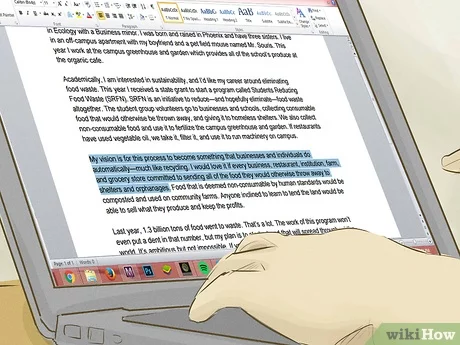3 Ways to Study So You Can Remember Everything

Every student knows the struggle of studying for an important test or exam, only to find themselves unable to recall crucial information when it matters most. Thankfully, there are effective strategies that can help anyone become a better learner by maximizing memory retention. Here are three powerful ways to study so you can remember everything.
1. Utilize the Spaced Repetition Technique
The spaced repetition technique is based on the principle that we learn information more efficiently when we review it over gradually increasing intervals. When you first learn something new, the memory is fragile and easily lost. But as you review and practice the information, you reinforce the neural connections in your brain, making it easier to recall later.
To utilize spaced repetition, divide your study material into smaller chunks and review them at specific intervals. These intervals should be shorter at first – perhaps once a day – and gradually increase in length as your mastery of the material increases. By spacing out your reviews, you give your brain the boosts it needs to store information more effectively in long-term memory.
2. Harness the Power of Active Recall
Passively rereading textbook pages or class notes will only get you so far in terms of memory retention. To truly cement information into your memory, you need to engage your mind actively with a process called active recall.
Active recall involves intentionally retrieving information from memory, rather than just exposing yourself to it again. To practice active recall, quiz yourself on key concepts or ask yourself questions about the material without looking at your notes for help. Studies have shown that actively trying to remember things strengthens those neural connections much more effectively than passive exposure.
3. Leverage Mind Maps and Visual Aids
Everyone’s brains work differently, but many people find visual aids helpful for understanding complex topics and retaining information more easily. One such visual tool is a mind map—a diagram that shows relationships between ideas and helps establish connections in your memory.
When you create a mind map, start with a central concept and branch out to related ideas and subtopics. Use colors, symbols, or images to represent different themes or concepts. The process of organizing information visually helps stimulate your brain and better commit the material to memory. Additionally, by creating a mental roadmap, you can more easily recall specific details or step-by-step processes.
Conclusion
By incorporating these three techniques into your study routine – spaced repetition, active recall, and visual aids – you can dramatically improve your ability to retain information and succeed academically. As your memory grows stronger, the skills you develop will benefit you not just in school, but also in your professional and personal life. So take control of your learning, and experience the rewards that come from truly remembering everything.






